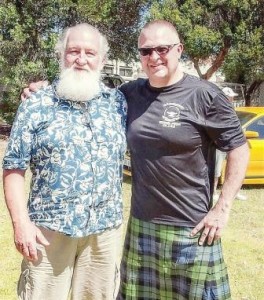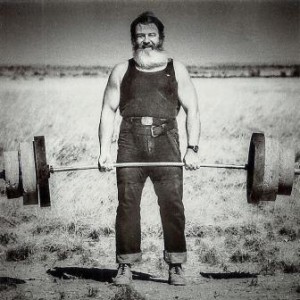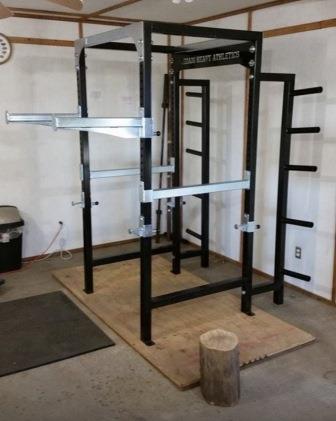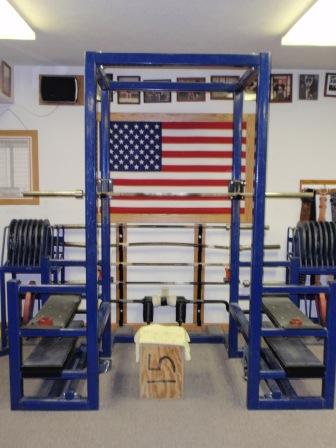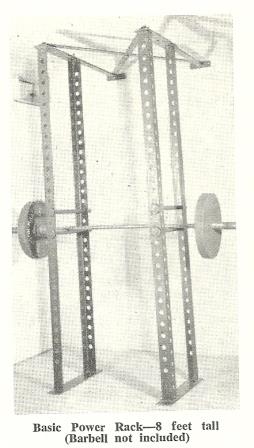John Patterson – The Sequel
by Al Myers
At the 2015 IAWA Gold Cup in Perth, Western Australia I was reunited with the legendary Australian weightlifter John Patterson. I had met John previously at the 2011 IAWA World Championships in Perth were we immediately struck up a friendship. After that Worlds, I wrote a short piece in the USAWA Daily News about John, his weightlifting career, and his life. Now today I would like to expand on that story with this sequel! I did a better job taking notes this time. I’ll start at the beginning.
John was born in 1944 in Auckland, New Zealand. He worked various jobs as a young man – on the wharf, as a farmer, and in the flour mill. In 1970 he emigrated to Australia and took a job as a wardsman in the Royal Brisbane Hospital. The next year he took a job at the Royal Perth Hospital as a nursing technician. It was in Perth that he enrolled in Murdock University and got exposed to his future passion that would change his life and career. John assisted on a historical survey of the Dampier Archipelago in 1978. This included studying maritime archaeology which was a great interest to him. During this study, John was intrigued by the Aboriginal rock carvings and artwork. He sent a list of his findings to the Aboriginal Sites Development and this lead him to a future job as a Museum Ranger at Woodstock and Abydos in the Northern Pilbara region. He was in charge of the protection of Aboriginal Heritage. His work included finding new Aboriginal historical sites. He had a talent for finding new Aboriginal rock carvings. He would document and photograph these historical areas. Photography is John’s other passion as well as weightlifting. He shared with me many fantastic photographs that he has taken over the years. I was quite impressed! His territory included over 1000 square miles. He lived in this primitive and isolated area for close to 10 years.
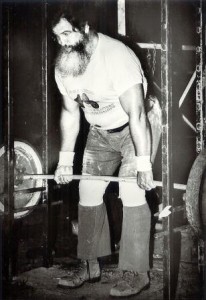
John Patterson focused much of his training in the power rack. Here John is pulling a 750 pound People’s Deadlift!
During this time John continued to lift weights and compete. He competed in powerlifting and Olympic weightlifting and won several championships. During our conversations I enjoyed most the discussions of his training during this time. He was faced with the hardest environment for training – yet he kept with a program that he made significant gains on. Most would not even bother training in his circumstance! This was all done with the simplest of equipment – bar and some plates (some homemade out of concrete) – and the focal point of John’s training, his power rack. John believes in training in the power rack to overcome sticking points. As he put it, he would work “down the rack”. I will simplify his program for this article, but John had many little nuances in training philosophy that he developed over time with trial and error. He found a program that worked for him! This is how his program went. Say for example your top deadlift is 500 pounds. Your first set would be 500 pounds from mid-thigh for six reps. You would then lower the pins in the rack to around 2-3″ below the knees and then pull 500 for 3 reps. Then take the bar to the floor and pull a single at 500 pounds. The next workout you would increase the weight. He did this program for his squat and bench press as well. John felt this program allowed you to use your top poundages for repetitions, thus overcoming any mental boundaries you may have with your max. It worked for John as he maintained a max squat and deadlift over 600 pounds for many years. I should also mention that John trained outside at night under the stars, as it was too hot to train during the day in the Australian Outback. John kept his focus on primary lifting movements like the squat, bench, deadlift, snatch, clean and jerk, high pulls, and push press. He kept his training abbreviated to the important movements. I should also mention that John did all of his training by himself without the help or assistance of training partners!
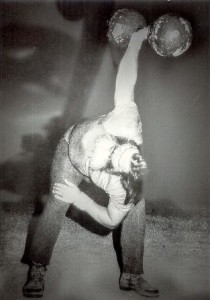
John Patterson performing a 200 pound dumbbell Bent Press. John has always been an All Round Weightlifter!
John has just recently had a physical setback with having heart surgery. But that hasn’t slowed him down much – as he told me he just pulled over 300 pounds! He seems very excited to get back to heavy training! I have no doubt that he will. He was not cleared by the doctor to compete in the Gold Cup so he spent the entire weekend helping out, officiating, and encouraging the lifters. His enthusiam for all round weightlifting was evident.
I love success stories like John’s. Many people think they don’t have the time to train, or the proper place to train so they don’t. They make excuses. John Patterson had all the reasons in the world to make an excuse – but he didn’t! He overcame his obstacles and had a successful weightlifting career. That’s inspiration for everyone!
I want to conclude this story with some simple wisdom that John shared with me on training. John said, “Keep it short. Keep it heavy. Train as though every rep will be your last.”
Those are words to live by.
